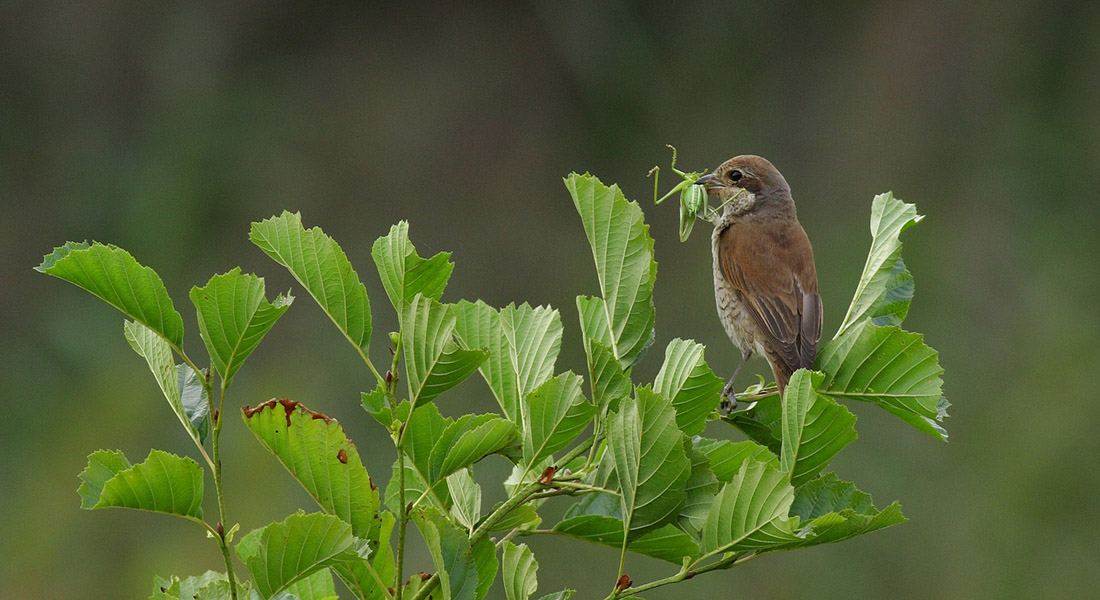Once a migrant, always a migrant
LIFE ON THE MOVE - The summer’s chorus of migrant birds is long gone – our nightingales, cuckoos and shrikes now enjoy the summer in southern Africa taking maximum advantage of the seasonal availability of resources. But how did these species survive the past during glacial periods when northern breeding grounds had to be vacated? Research led by Center for Macroecology, Evolution and Climate at the University of Copenhagen found that these species successfully continued a life on the move: as habitat became available in northern Africa, they continued migration now within Africa.

Migrating birds chase ephemeral resources. Flying thousands of kilometres, crossing desert and ocean, many of our common songbirds reach optimal conditions as far away from their breeding home as South Africa. They have a complex inborn migration programme that steers them from one spot to next before arriving back to breeding grounds in Europe. Given past climate change that rendered most of Europe unsuitable for insectivorous migrants, the annual routine must have been very different in the past. To tackle this question, researchers had to understand how the climate changes affected habitat in the past – but in much more detail. Red-backed shrikes live such a life on the move. They stage on the Horn of Africa in April before travelling straight to the breeding grounds. But how was April on the Horn of Africa during the last Glacial Maximum? And how were conditions during the Eemian in January in Southern Africa where the shrikes now spend the winter?
The newest climate reconstructions allowed the researchers to model the shrikes’ seasonal distributions 120,000 years back in time. “It is an incredible glimpse into the past”, says Professor Kasper Thorup from the Center for Macroecology, Evolution and Climate at the GLOBE Institute. The optimal seasonal habitat moved considerably but there was never one area where they could stay year-round. And they appear to have vacated the European breeding grounds for areas that are now quite dry but were more suitable then. During the Eemian, a warm period 120,000 years ago, however, they found seasonal habitats very similar to those of today. “This is important news for our understanding and conservation of migratory birds currently in steep global decline”, adds co-author Anders P. Tøttrup, Associate Professor at the Natural History Museum of Denmark.
The researchers also looked at population size back in time. Perhaps surprisingly they found no obvious footprint of the time when conditions were harsh in Europe. The shrikes seems to have successfully adapted their life-on-the-move strategy to recurring climate cycles showing obligate migration to be viable strategy through time, possibly also in the future. “We need to understand the past to predict the future”, says Professor Carsten Rahbek also from Center of Macroecology, Evolution and Climate, adding that it remains to be seen whether migrants can adapt as successfully to the current fast pace of climate change and that coping with land use change might be even more challenging.
The study, Response of an Afro-Palearctic bird migrant to glaciation cycles, is published in Proceedings of the National Academy of Sciences.
Contact
Professor Kasper Thorup
kasper.thorup@sund.ku.dk
+45 24 94 25 74
Associate Professor Anders P. Tøttrup
aptottrup@snm.ku.dk
Professor Carsten Rahbek
crahbek@sund.ku.dk
